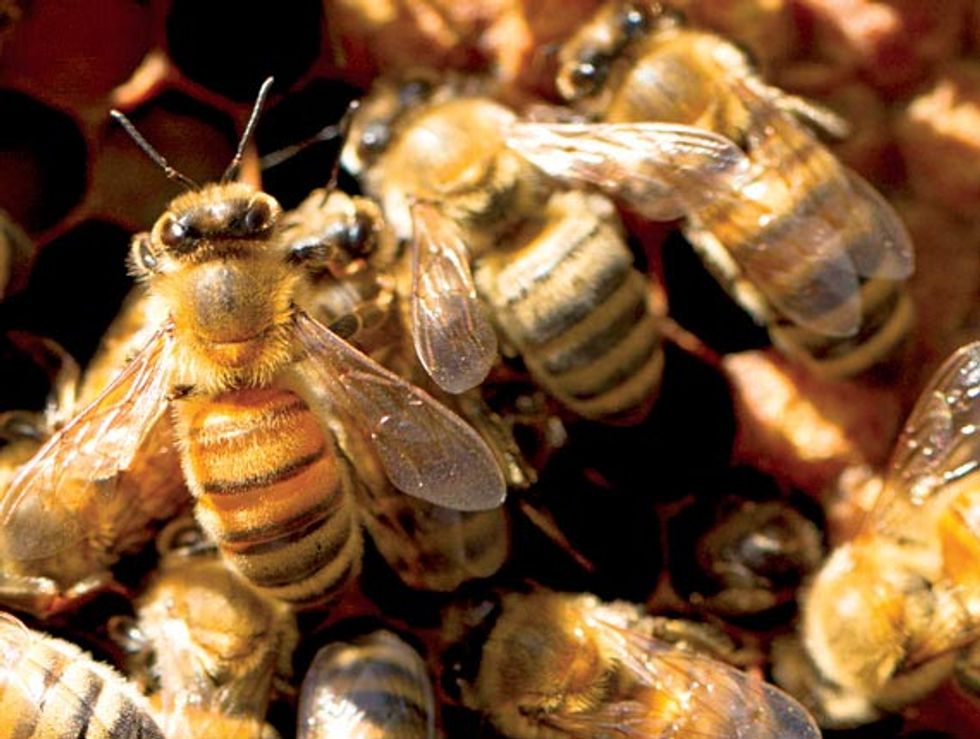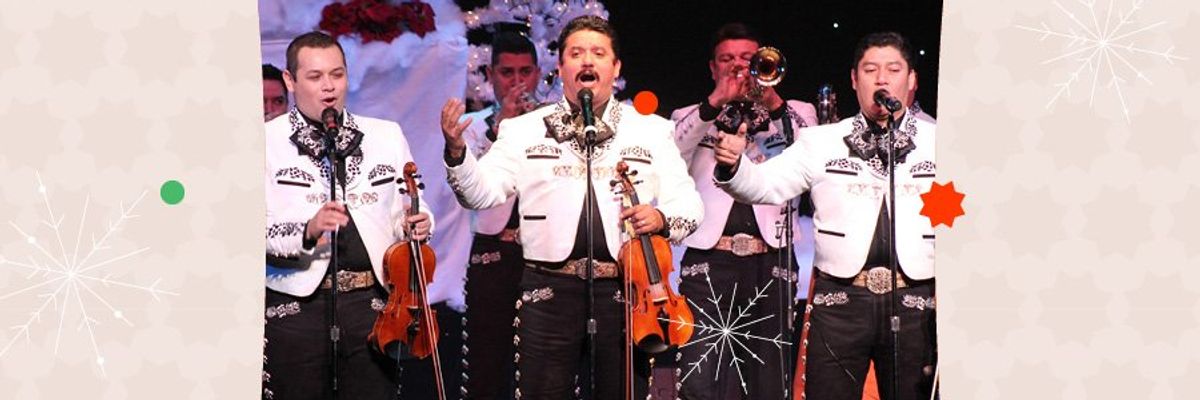Christophe wanted a dog for his fifth birthday, but his mom got him a beehive instead. It’s a wise mother who gives her kids a pet—or 10,000 pets, in this case—that she’s willing to take care of. So in 2009, Christophe’s mom, Kate McGee, joined the ranks of an estimated 200 San Franciscans (retired cops, chefs, and accountants among them) who tend beehives at home.
Though her apartment flanks the beautifully tended Grace Marchant Gardens on the Filbert Steps, McGee’s bees found a more welcome reception from neighbors along the more unruly gardens planted by Valetta Heslet (whose name graces the jars) in the late ’40s, bursting with plum, cherry, and pear trees in spring. From McGee’s door, it’s a five-minute walk through backyards to the wooden deck housing the growing colony.
When flowers are blooming—usually March through September—McGee spends sunny weekends harvesting honey from the two hives, a craft she learned at the Green Gulch Zen Center in Marin. Lifting the lid of what looks like a stack of boxes reveals ten wood frames suspended like hanging files in a filing cabinet, each filled with glowing honeycomb and teeming with thousands of bees. In this chaos, McGee sees an orderly and self-sufficient society. Each bee has a role defined by gender and age. A few males provide genetic material to the queen, while the females do all the work: Young bees build and maintain the hive, while the mature ones forage for nectar.
McGee cuts the honeycomb straight from the frame—the bees will reconstruct it in two weeks—and returns home to crush and strain the honey. At the height of the season, she can harvest up to 16 gallons a day, enough for a very limited release: 45 subscribers (spots are available), a day-long stoop sale on the Filbert steps, and gifts to neighbors and garden Buddhas.
FROM SCRATCH | HESLET HONEY from Eric Wolfinger on Vimeo.
This article was published in 7x7's May issue. Click here to subscribe.



















































